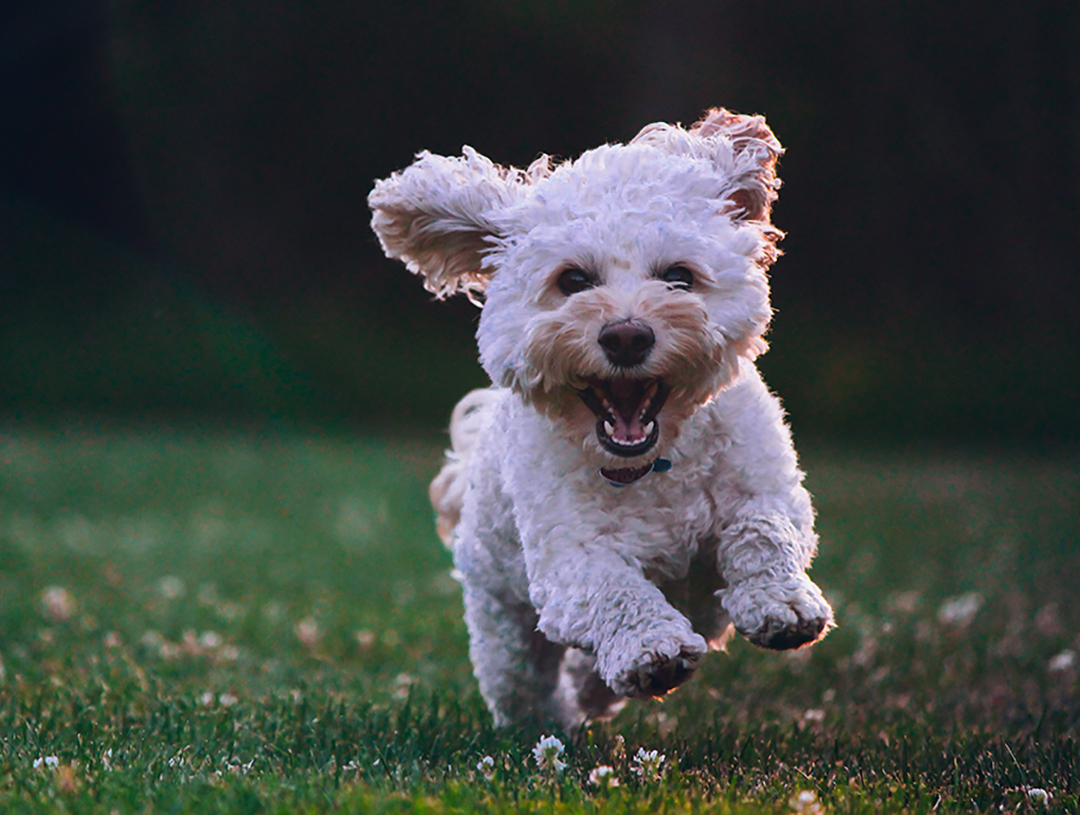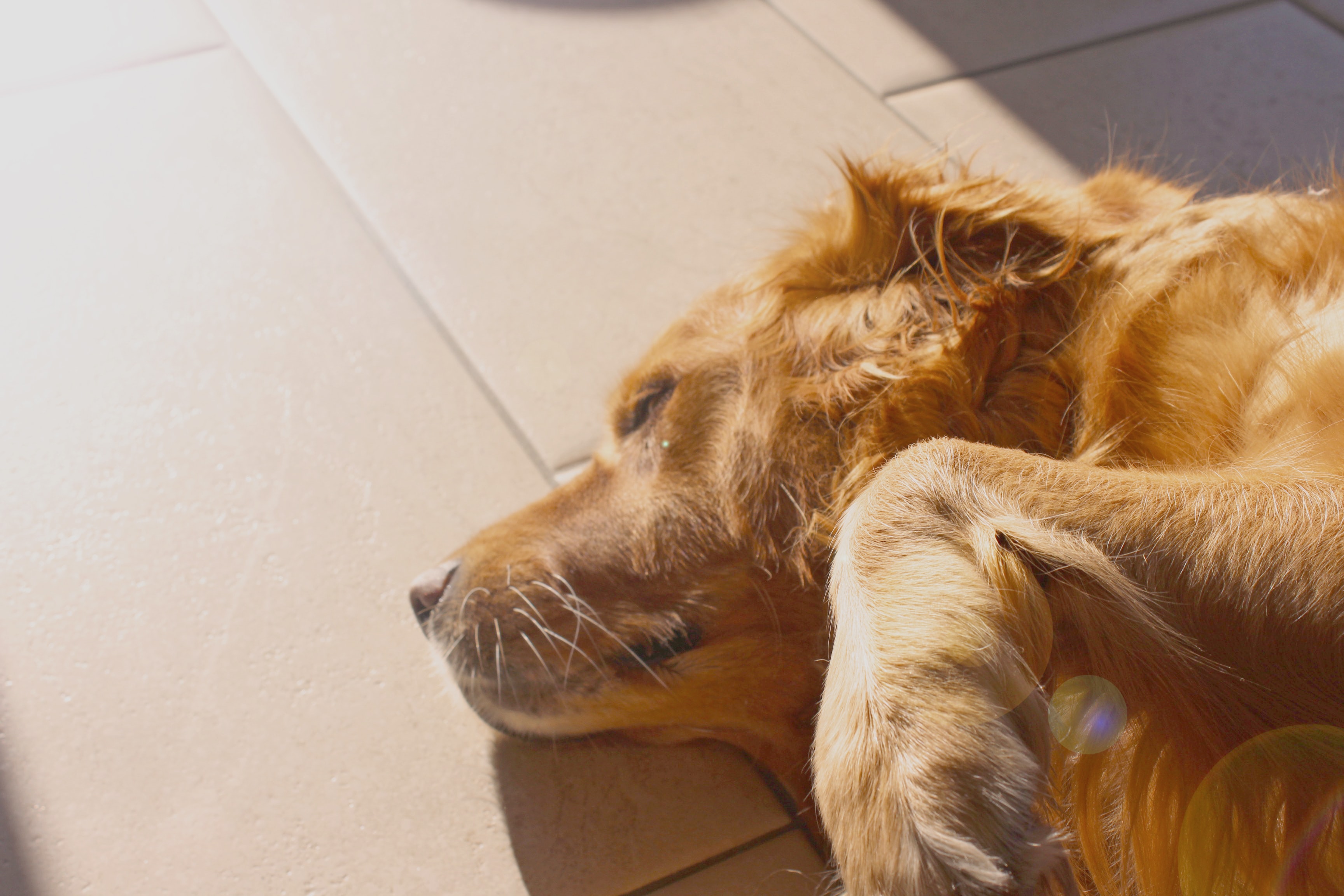Massaging your dog has many benefits. In much the same way humans can enjoy complementary therapies, there are several canine therapies that can be highly beneficial for dogs. The stress relief and relaxation offered by a massage can greatly enhance the mental, emotional and physical health of your dog, so knowing how to massage a dog effectively is essential for pup parents.
If you’d like a few tips on how to massage your pet and why it’s so beneficial, keep reading!
Here’s Why Dogs Need Massage
Dogs can become stressed or anxious from time to time. Maybe you’ve been away, or they’ve been on a long journey in the back of a car or van. Or they may have been overexposed to loud noises during thunderstorms or fireworks. If you need to calm a shaking, scared dog during fireworks or thunderstorms, sometimes a big hug just isn’t enough. Take this as an opportunity to ease your dog’s anxiety by performing a massage.
We always know when our canine companions are not feeling themselves. Perhaps they’re not eating or are refusing to come through to their usual spot in the house. Perhaps they’re pacing up and down. The hands-on contact will reassure your dog and help them to relax.
Massaging your dog could help to reduce stress and anxiety, increase their circulation, and ease any pain they may be experiencing. And the best part is that it will strengthen the bond between you and your pet.
Massage Can Also Improve Joint Health
Massage can also be used to help your dog maintain good joint health. Many dog breeds can be prone to arthritis as they get older. Regular massage can help alleviate some of the pain associated with arthritic joints by aiding circulation and easing any tension within the muscle structure.
Massage can also help your dog before and after exercise. Whilst our dogs can often seem lively and energetic when running along a beach or racing across a field, just like humans they can also benefit from pre and post-exercise massages to aid blood flow and ease muscle stiffness.
Take the time to get to know what your dog likes, and gradually create a massage routine that provides a positive experience for both of you.
Our Top Tips on How to Massage a Dog Effectively
Find a quiet time and place where you will not be distracted during the massage.
Begin by petting your dog to settle him. You’ll know if your dog prefers to be stroked on the head, tummy, back, etc. Slow and gentle strokes to start will indicate to your dog that they are safe and can begin to destress. They may choose to sit, stand, or lie down.
Once your dog is settled, begin massaging the neck in a circular motion without applying too much pressure. This is not intended as a deep tissue massage - that should be left to a professional. Rather, you are providing comfort, relieving stress, and aiding circulation.
Move down from the neck to the shoulders. This is likely to be particularly welcomed by your dog, as this is an area they cannot reach themselves. Again, work in a circular pattern using the tips of your fingers.
After spending a little time working on the shoulders, focus on the chest and front legs. Not all dogs like having this area touched. If you sense your dog becoming uncomfortable, move on to their back.
Starting between the shoulders, slowly work down the length of the spine using the tips of your fingers in a circular motion on either side of the backbone.
Finally, work your way down to the bottom of the rear legs. If your dog is suffering from stiffness, gently stretch the legs out to help ease the tension.
If your dog at any point growls, snaps, or pulls away, stop attempting to massage that area.
It Takes Time to Build Routines
It may take time to establish a routine, so start by massaging your dog for shorter periods, building up to a 5-10-minute massage.
Taking care of your pet’s needs means remaining aware of every change of mood and temperament and acting quickly to ease their discomfort. Unlike humans, dogs can’t tell us exactly how they’re feeling, so it’s important to be sensitive if you want to give your pet the best care possible.
The Very Best Care for Your Four-Legged Best Friend
Knowing how to comfort, treat, and play with your pet is essential for their emotional well-being. You can give your pet the best care possible by making sure all their emotional and physical needs are met, however small or unimportant they may seem.
Keeping your dog cool in the summer and warm during the winter and making sure they have enough toys, amusements and walks to keep them happy are basic essentials.
When to Seek Professional Help
Using massage and other canine therapies can be a perfect way to complement your pet’s veterinary health plan and treatments, but if you are in any way concerned about your dog’s joints, lack of movement, or stiffness during a massage, seek advice from your vet.
Canine massage therapies may be recommended by your vet from time to time, as a form of rehabilitation or muscular support. However, you should always seek advice and guidance from a vet about how to massage a dog with an injury.
The Garden Vets at Keele always welcome enquiries about your pet’s health and well-being. We want to ensure you feel supported, guided, and comfortable with the information needed to give your dog the best possible care.
Sign up for our exclusive PetCare™ Plan today and give your pet access to the best possible care.








